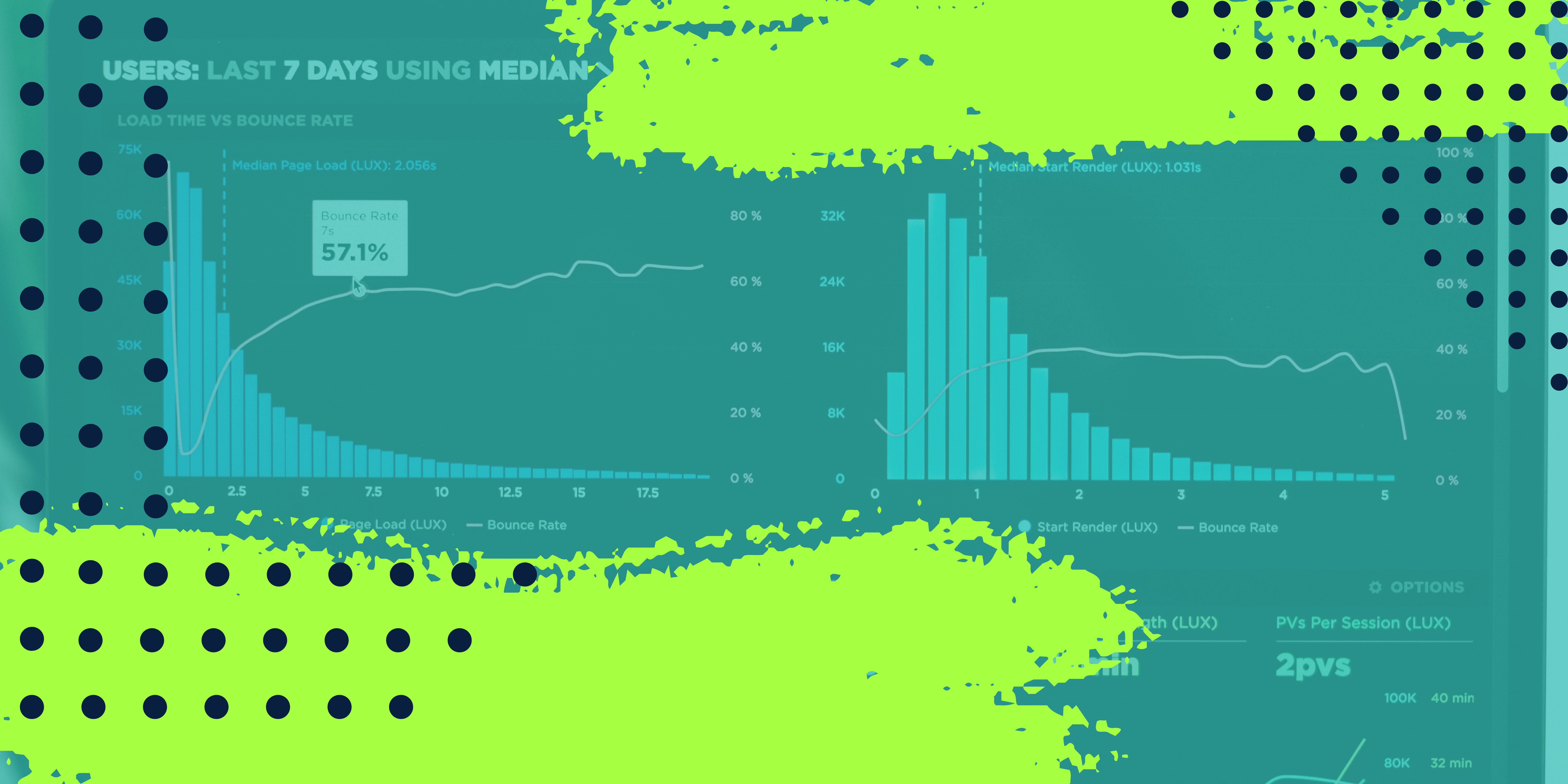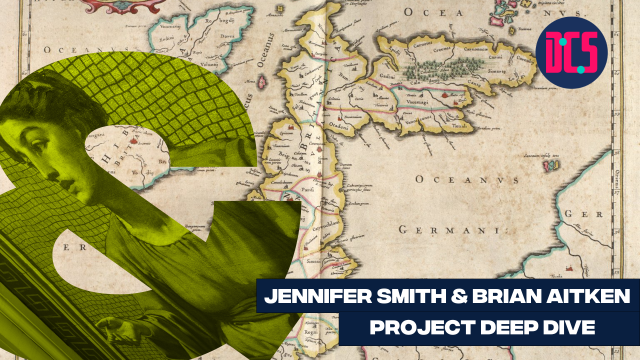Statistical Methods: Principal Component Analysis with R

ONLINE
Principal component analysis (PCA) is a popular technique for analysing large datasets containing a high number of measured variables per observation. For example, can we use the measures of the components of a cell phone to identify the brand and model?
Formally, PCA is a statistical technique for reducing the dimensionality of a dataset. This is accomplished by linearly transforming the data into a new coordinate system where (most of) the variation in the data can be described with fewer dimensions than the initial data. It is usually employed to visually identify clusters of related observations.
During the workshop, we are going to briefly go through the theory behind this analysis and we are going to see how this works in practice using R and RStudio.
This is an advanced-level training. Some previous knowledge of R and RStudio is required as well as a basic knowledge of the principles of statistics.
Those who have registered to take part will receive an email with full details on how to get ready for the course.
If you’re new to this training event format, or to CDCS training events in general, read more on what to expect from CDCS training. Here you will also find details of our cancellation and no-show policy, which applies to this event.
If you're interested in other training on data analysis, statistics, and machine learning have a look at the following:
- Digital Method of the Month: Statistics
- Introduction to Statistics and Descriptive Statistics
- Finding Patterns Across Data
- Digital Method of the Month: Machine Learning
- Introduction to Machine Learning
- Statistical Methods: Null-hypothesis Testing with R
- Statistical Methods: Montecarlo Simulations with R
- Systematic Data Cleaning in Python
- Regression and Mixed Effects Modelling with R
- AI and Ethics












